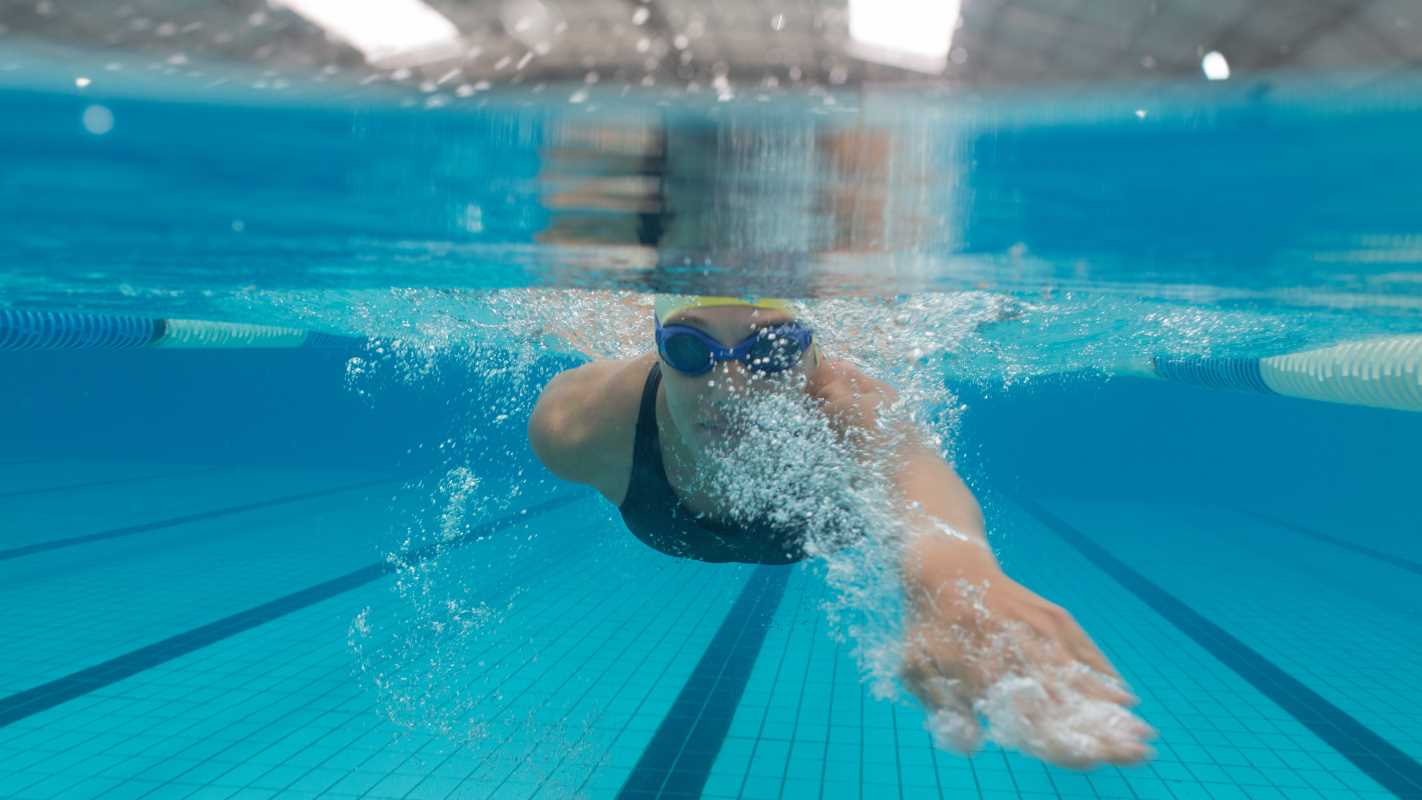Stepping onto the field or court with a sharp focus and clear mind sets you up to perform at your best every single time. This peak performance level isn't just a result of physical training; mastering your mental game plays a crucial role too. Athletes are discovering the transformative power of neurofeedback mental conditioning techniques, which are revolutionizing how they prepare for competitions. These techniques provide athletes with a powerful tool to enhance their mental clarity and concentration, ultimately refining their athletic skills. By integrating these methods into their training regimen, athletes can elevate their performance to new heights, gaining a competitive edge.
Understanding Neurofeedback
Neurofeedback is a cutting-edge method that allows individuals to train their brain activity. By using real-time monitoring of brainwaves, it provides feedback that helps users learn to regulate their mental states more effectively. Here's a breakdown of its key components:
- Brainwave Monitoring: Devices measure electrical activity in the brain, typically using EEG technology.
- Real-Time Feedback: Visual or auditory signals inform the user about their brain activity patterns.
- Training Protocols: Structured programs guide users in adjusting their brainwaves towards desired states, such as increased focus or relaxation.
- Progress Tracking: Data is collected over time to monitor improvements and adjust training as needed.
In the context of sports, athletes can tailor neurofeedback to help them achieve optimal mental states during training and competition. By understanding and controlling their brain activity, athletes can enhance their focus, reduce anxiety, and improve their overall performance.
Benefits of Mental Conditioning for Athletes
Incorporating mental conditioning techniques into an athlete’s training regimen offers numerous advantages that go beyond physical capabilities:
- Enhanced Focus: Athletes can maintain concentration for longer periods, reducing distractions and improving performance consistency.
- Stress Reduction: Managing anxiety and stress levels helps athletes stay calm under pressure, leading to better decision-making and execution.
- Improved Recovery: Mental conditioning can aid in faster recovery by promoting relaxation and reducing mental fatigue.
- Goal Setting and Motivation: Clear mental plans help athletes set realistic goals and stay motivated throughout their training.
- Resilience: Building mental toughness enables athletes to bounce back from setbacks and maintain a positive attitude.
These benefits collectively contribute to an athlete’s ability to perform at their peak, both physically and mentally, giving them a competitive edge in their respective sports.
Integrating Neurofeedback in Training
Successfully incorporating neurofeedback into an athlete’s training routine involves a systematic approach. Here are the steps to effectively integrate these techniques:
- Assessment: Begin with a comprehensive evaluation of the athlete’s current mental state and performance metrics to identify areas needing improvement.
- Customization: Develop a personalized neurofeedback plan that targets specific cognitive and emotional goals, such as enhancing focus or reducing anxiety.
- Training Sessions: Schedule regular neurofeedback sessions, typically 2-3 times per week, to reinforce desired brainwave patterns through consistent practice.
- Monitoring Progress: Use data tracking to monitor the athlete’s progress, making adjustments to the training plan as necessary to ensure continued improvement.
- Integration with Physical Training: Coordinate neurofeedback with the athlete’s physical training regimen to create a holistic approach that enhances both mental and physical performance.
By following these steps, athletes can seamlessly blend neurofeedback into their existing training routines, maximizing the benefits of both mental and physical conditioning.
Getting Started with Neurofeedback
Starting the journey of neurofeedback mental conditioning can seem daunting, but with the right approach, athletes can effectively incorporate it into their training. Here are some practical tips to get started:
- Find a Qualified Practitioner: Work with a certified neurofeedback specialist who has experience with athletes and understands the unique demands of sports performance.
- Set Clear Goals: Define what you hope to achieve with neurofeedback, whether it's improved focus, reduced anxiety, or enhanced resilience.
- Commit to Consistency: Regular training sessions are essential for experiencing the full benefits of neurofeedback. Make it a consistent part of your training schedule.
- Track Your Progress: Keep a journal or use tracking tools to monitor changes in your performance and mental state over time.
- Stay Open-Minded: Be patient and open to the process, as mental conditioning can take time to show significant results.
Starting with these steps, athletes can effectively integrate neurofeedback into their routines and begin to unlock their full potential.
Neurofeedback techniques can change the way athletes prepare and perform, offering a significant edge in achieving peak performance. By utilizing the power of the mind, athletes can elevate their game to new heights and maintain a competitive advantage in their sport.
Discover neurofeedback techniques to enhance your athletic performance.
 (Image source: Midjourney)
(Image source: Midjourney) 





